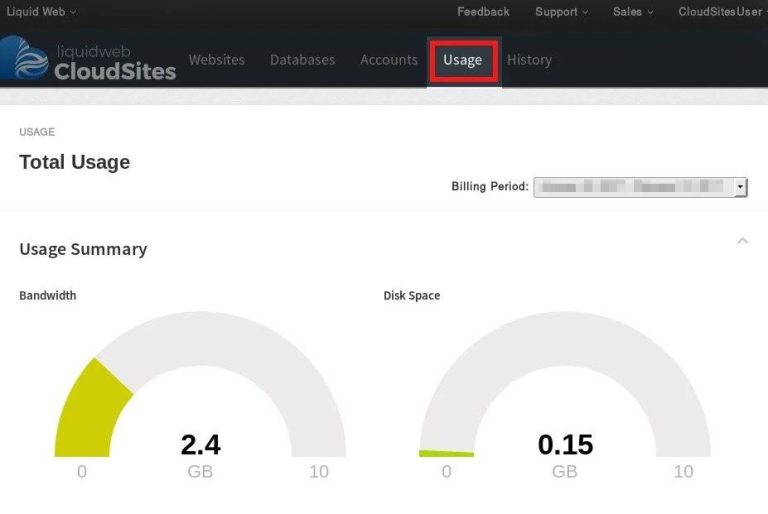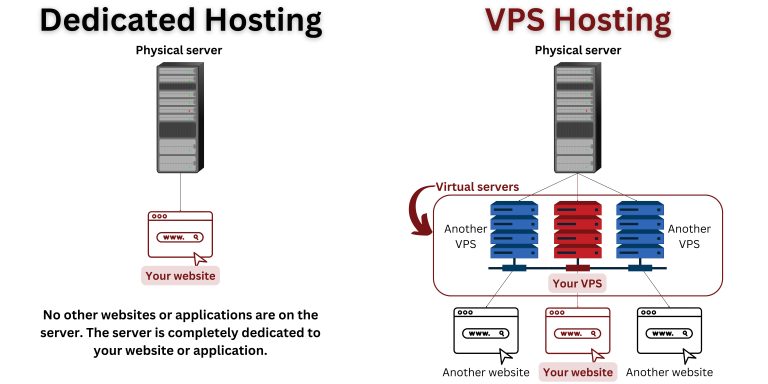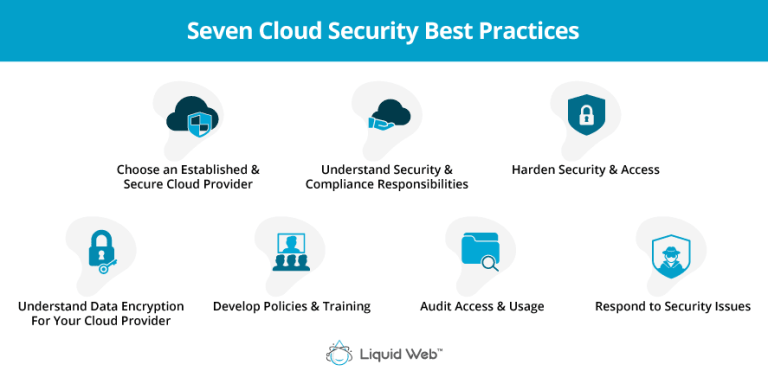It’s no secret that marketing technology is growing at an alarming rate. Every year, chiefmartec shares a map of the MarTech landscape, which identifies 9,932 marketing technologies as of 2022. For context, this is an increase from only 150 marketing tools little more than a decade ago. With new tools and platforms being released every day, it can be difficult for businesses to keep track of what’s out there – let alone determine which technologies are worth investing in.
As a result, many businesses find themselves struggling with the MarTech sprawl – the term used to describe the chaos and confusion that arises from having too many marketing technologies. In this blog post, you’ll learn why MarTech sprawl is so dangerous and some tips on how to avoid it.
What is MarTech sprawl?
In the simplest terms, MarTech sprawl refers to the proliferation of marketing technology within an organization. Generating new leads is both essential and complicated for businesses. This makes the elevator pitch of some of these marketing tools so attractive for marketers.
Unfortunately, the risk of MarTech sprawl increases exponentially as companies look to adopt cutting-edge marketing technologies. Not only does this make it difficult for marketers to keep track of all of the different tools at their disposal, but it can also lead to duplicate or redundant functionality, wasted spend, and decreased efficiency.
Why You Should Avoid MarTech Sprawl
The dangers of MarTech Sprawl are many and varied. Here are some of the most common faults:
- Duplication or functional redundancy. When your business has too many marketing technologies, it can be difficult to track what each one is used for. As a result, you may find that different tools are performing the same or similar functions, which can lead to overlap and inefficiency.
- Unused tools. A recent Gartner survey found that marketers are utilizing just 42% of their MarTech stack capabilities. This could be referring to technologies that are not being used at their full capacity or forgotten tools not being used at all. This leads to technical debt and a waste of resources.
- Wasted spend. MarTech sprawl often leads to businesses purchasing more technologies than what they actually need. A Statista study of 400 CMOs reported that 26.6% of the marketing budget was spent on technology, making it the biggest contributor to the entire budget. Marketing technology is a costly expense, so it’s important to avoid adding unnecessary tools.
- Decreased efficiency. When there are too many tools and platforms to manage, it makes the lives of marketers difficult. Having to manage an overcrowded MarTech stack can lead to frustration, confusion, and, ultimately, decreased productivity.
Spotting the Risk for MarTech Sprawl
Now that you’ve learned some of the dangers of MarTech sprawl, take a look at how you can spot the risk in your own business.
Here are some questions to ask your marketing team:
- Do you have difficulty tracking which technologies are being used and for what purpose?
- Is there a duplication of functionality among your marketing technologies?
- Which software is essential to your business, and which are simply nice to have?
- Do you feel like you’re constantly adding new tools to your stack without ever taking any away?
- Is your marketing team struggling to keep up with the sheer number of technologies they’re expected to use?
If you answered “yes” to any of these questions, then it can be a warning sign that your business is at risk for MarTech sprawl. But don’t worry – there are ways to prevent it.

Preventing MarTech Sprawl
MarTech sprawl is a real risk because every business wants to keep up with its competition. In today’s digital world, it’s common practice for businesses to go out browsing for new tools to solve their needs. However, the biggest mistake a business can make is focusing on the tools and not the solution. A better strategy is to identify a few areas that will really move the needle and invest in the best technologies to support those specific needs.
Another danger is using too many disparate technologies that don’t work well together. This can lead to data silos, inefficiencies, and a lot of wasted time and money. To avoid these pitfalls, businesses need to take a strategic approach to their MarTech investments and resist the urge to chase every shiny new object.
By being thoughtful and deliberate about your use of technology, you can stay ahead of the curve without getting bogged down by MarTech sprawl.
Here is a guideline for preventing a MarTech Sprawl:
- Evaluate your needs. The first step is to evaluate your needs as a business. What are your goals? What areas need improvement? What technologies could help you achieve those goals? Once you know what you’re looking for, you’ll be able to better narrow down your options.
- Prioritize. Once you’ve evaluated your needs, it’s important to prioritize the technologies that are most important to your business. Not every technology is created equal – some are more essential than others.
- Find a solution that fits into your process. The best tools fit into your current business process. This helps to reduce silos and make sure the tool is being used. Don’t let technology dictate the process. Rather, make sure technology is a supportive solution to a challenge you have.
- Establish guidelines and designate a lead. Once you’ve prioritized your technologies, it’s important to establish guidelines for how they should be used. This will help keep your technology stack organized and efficient and will prevent overlap or redundancy. Each software must always have a point person to take charge of managing the technology.
- Implement a management system and approval channel. Finally, it’s important to implement a system for tracking and managing your marketing technologies. Having an approval channel also ensures that purchases don’t fall through the cracks. This especially applies to businesses with bigger marketing teams, which tend to have purchasing power distributed across leadership. Make certain that everyone on your team knows what tools are available, how they should be used, and what their priorities are.
Best Practices for Managing Your MarTech Stack
In today’s business landscape, technology plays a vital role in helping companies achieve their goals. From CRMs to Marketing Automation platforms, there is a seemingly endless array of software options available to marketing teams. With so many choices comes the challenge of creating an effective MarTech stack
While there is no one-size-fits-all solution, there are a few best practices that can help ensure your MarTech stack is up to the task:
- Take stock of your team’s needs and objectives, and select tools that will support those goals.
- Keep your stack as lean as possible – too many tools can lead to confusion and decreased productivity.
- Make sure to regularly review your MarTech stack and update it as necessary. Technology is always evolving, and your stack should evolve along with it.
The last tip for managing your MarTech is to consider a third-party IT provider like Liquid Web. For example, WordPress is a widely used tool for websites, but it also takes up a considerable amount of resources to manage. LiquidWeb can help remove this burden from your marketers while providing a cost-effective management service for WordPress.
By following these best practices, you can ensure that your MarTech stack is an asset rather than a liability.






